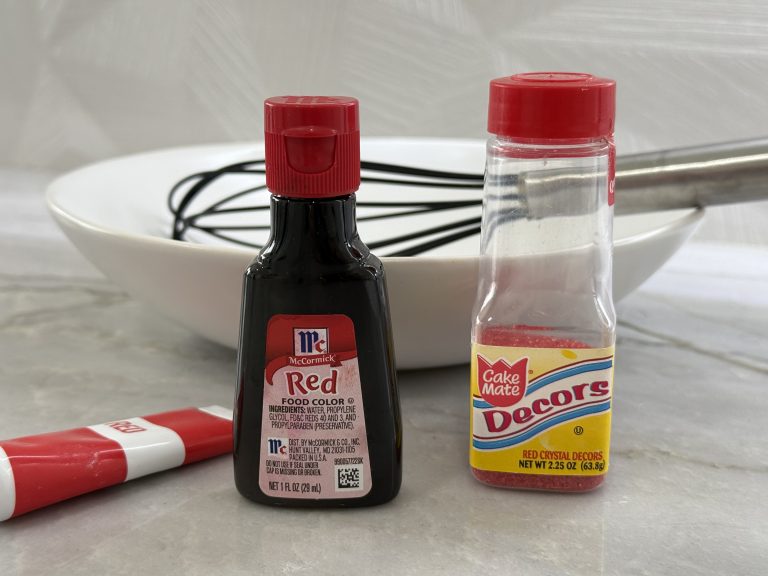In a landmark decision, the U.S. Food and Drug Administration (FDA) recently announced a ban on Red Dye No. 3 (Erythrosine) in food and beverages. This decision comes decades after health concerns were first raised and long after many countries had already removed the controversial additive from their products. The ban is a victory for health advocates, yet it begs the question: Why did it take the U.S. so long to act?
The History of Red Dye No. 3
Red Dye No. 3 has been a staple in the food industry for over a century, adding vibrant color to candies, baked goods, maraschino cherries, and even medications. Initially celebrated for its ability to enhance visual appeal, concerns about its safety emerged in the 1980s. Studies on lab animals linked the dye to cancer, prompting the FDA to prohibit its use in cosmetics and externally applied drugs in 1990. However, the dye continued to be allowed in food, beverages, and oral medications—a decision that puzzled many scientists and consumer advocates.
Health Risks and Scientific Evidence
Numerous studies have raised red flags about Red Dye No. 3 over the years. The most notable concerns include:
Carcinogenic Potential: Research on rodents demonstrated a link between high doses of Red Dye No. 3 and thyroid tumors.
Behavioral Issues: Some studies suggest artificial dyes, including Red Dye No. 3, exacerbate hyperactivity and behavioral problems in children.
Allergic Reactions: Reports of mild to severe allergic responses further fueled the push for regulatory action.
Despite these risks, food industry lobbying and regulatory inertia delayed decisive action in the U.S., even as countries like Norway and Austria banned the dye outright decades ago.
Why the Delay?
The prolonged use of Red Dye No. 3 in the U.S. can be attributed to several factors:
Economic Interests: The food industry heavily relies on artificial dyes for their affordability and vibrant, consistent coloring. Phasing them out meant additional costs for reformulation.
Regulatory Challenges: Proving causation between additives and long-term health effects is a complex, resource-intensive process. Regulatory agencies often demand irrefutable evidence before acting.
Consumer Awareness: Until recent years, many consumers were unaware of the potential risks, reducing public pressure on regulators to act.
Global Context: Lessons from Abroad
Countries in the European Union, as well as Canada, have stricter regulations regarding food dyes. The EU, for example, mandates warning labels on products containing artificial dyes, effectively discouraging their use. These proactive measures highlight a stark contrast to the more reactive approach in the U.S.
What’s Next?
The FDA’s decision marks a pivotal shift toward prioritizing public health over industry convenience. However, it’s only a first step. Other dyes, such as Red Dye No. 40 and Yellow Dye No. 5, remain under scrutiny. Additionally, natural alternatives like beet juice, turmeric, and spirulina are gaining traction as safer substitutes.
Commentary: A Win, but at What Cost?
The ban on Red Dye No. 3 is undoubtedly a win for consumer safety, but the decades-long delay underscores systemic flaws in regulatory practices. Why should the U.S., a global leader in many respects, lag behind smaller nations in safeguarding its citizens? The answer likely lies in the intricate interplay of corporate influence, scientific complexity, and bureaucratic inertia.
As we celebrate this progress, it’s crucial to remain vigilant. Public advocacy and consumer demand play vital roles in shaping healthier policies. With growing awareness and the availability of natural alternatives, the future of food may finally align with the adage: “You eat with your eyes, but not at the expense of your health.”








